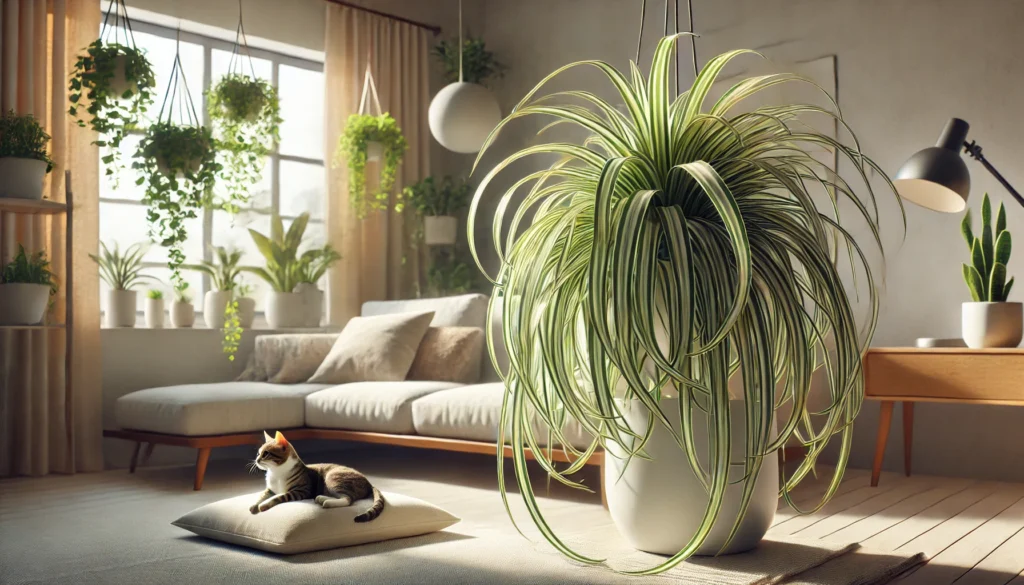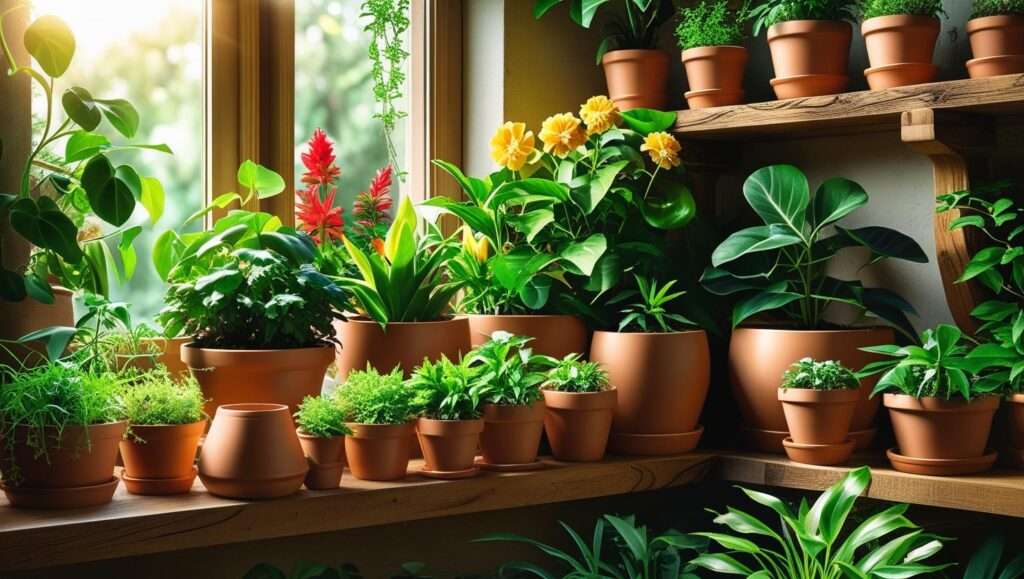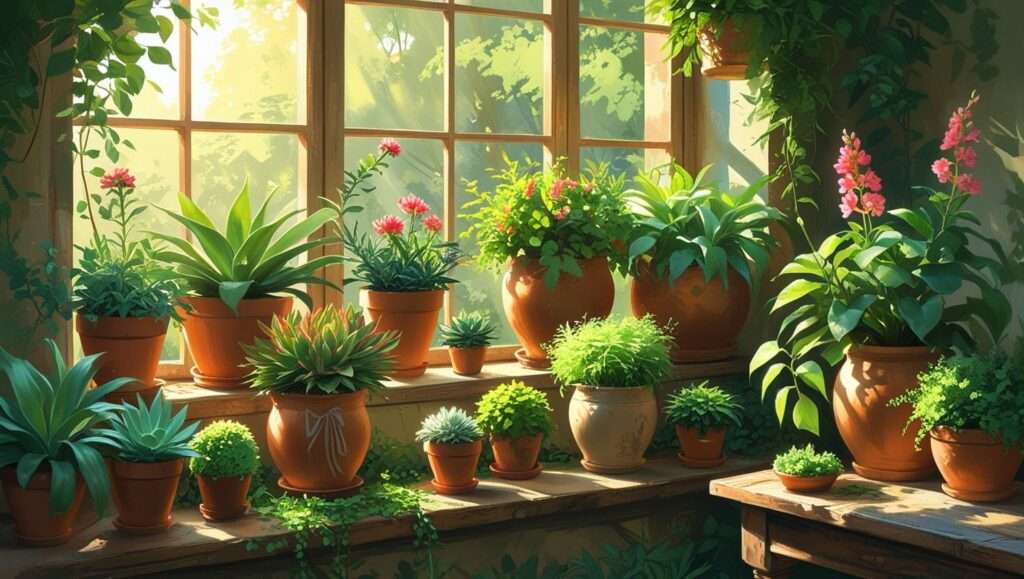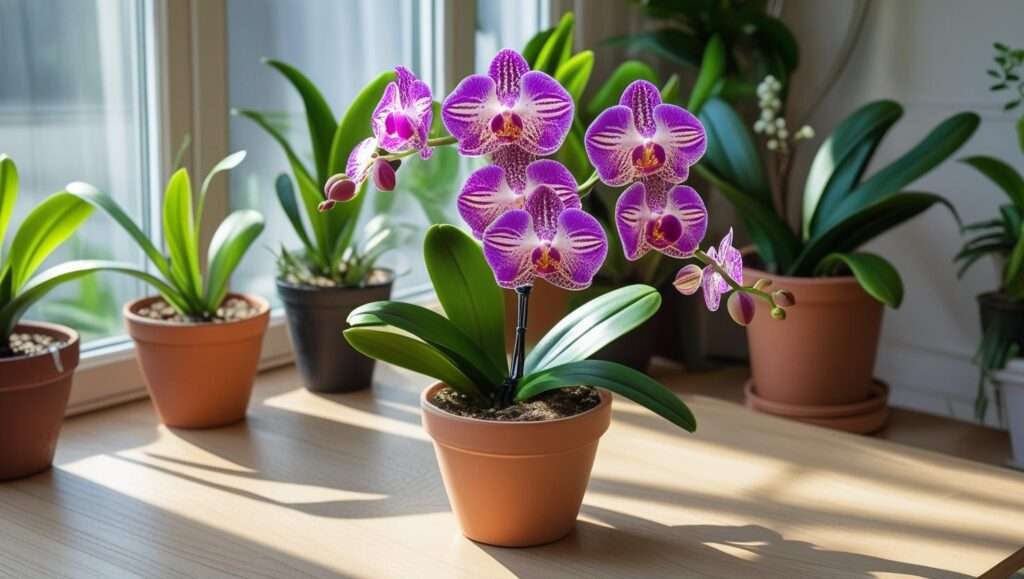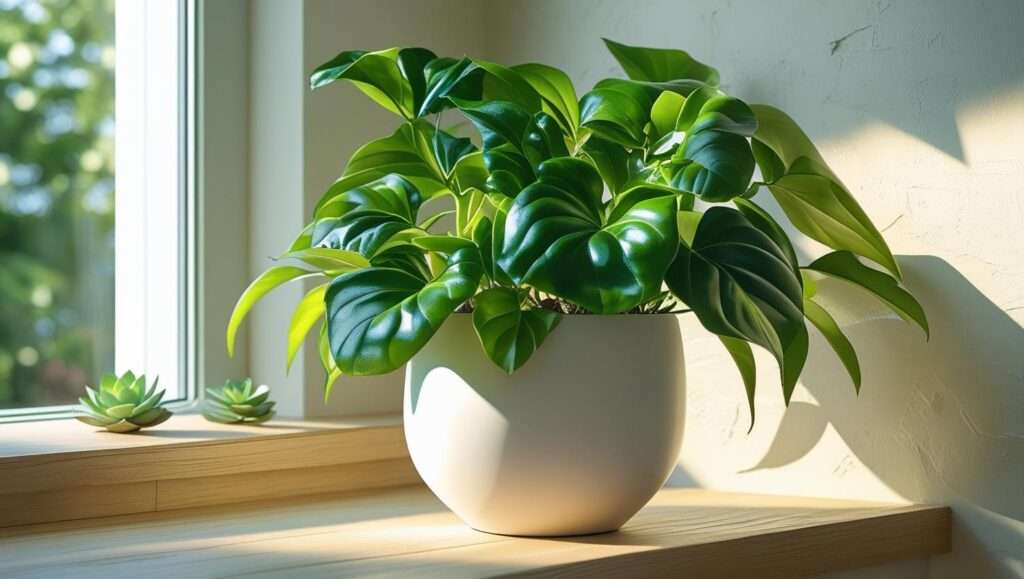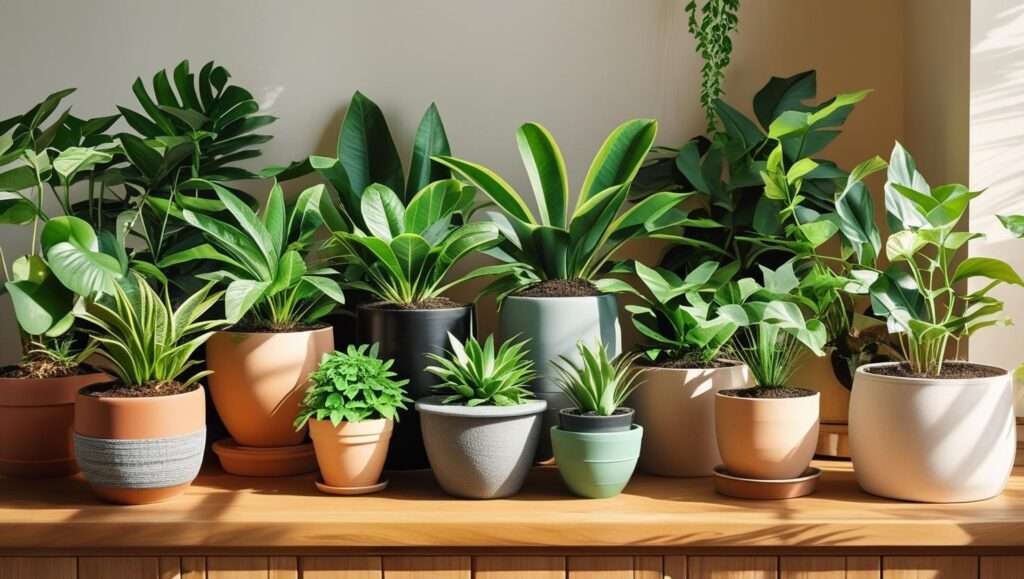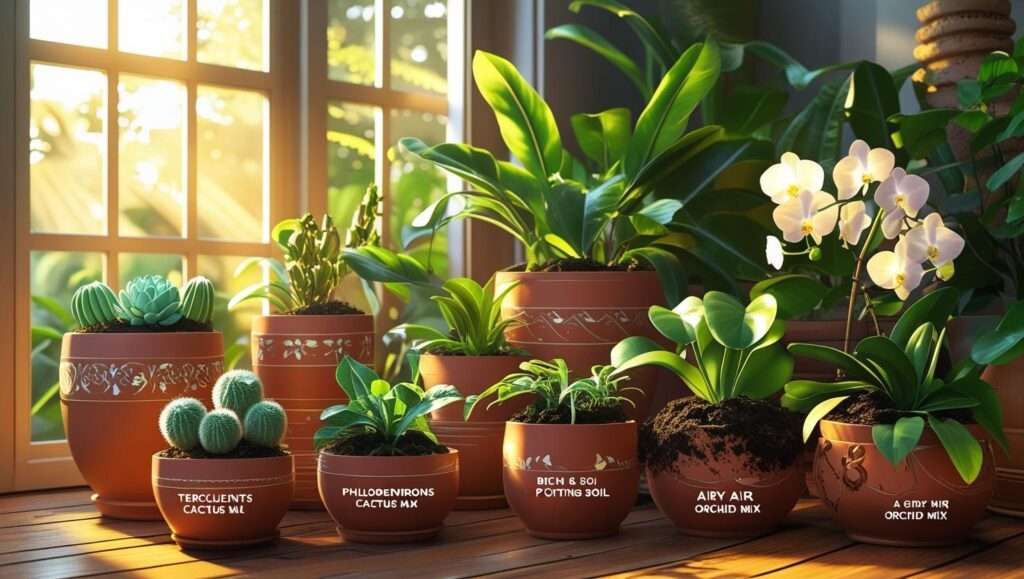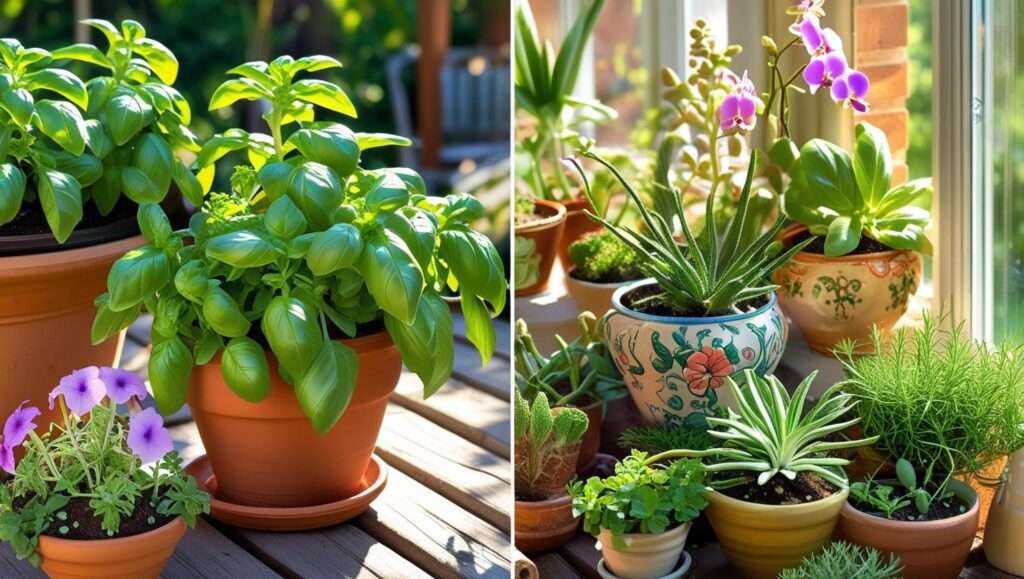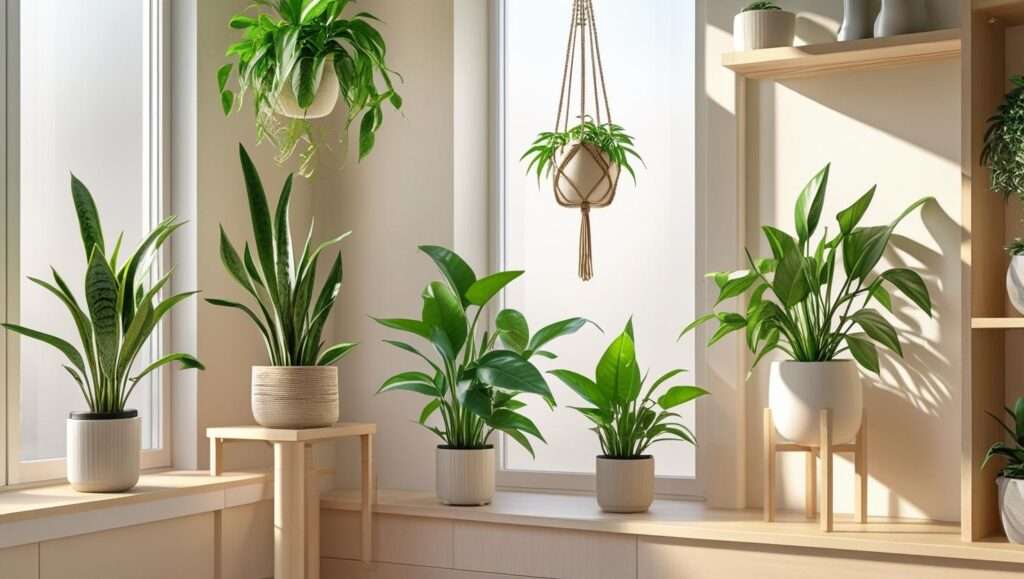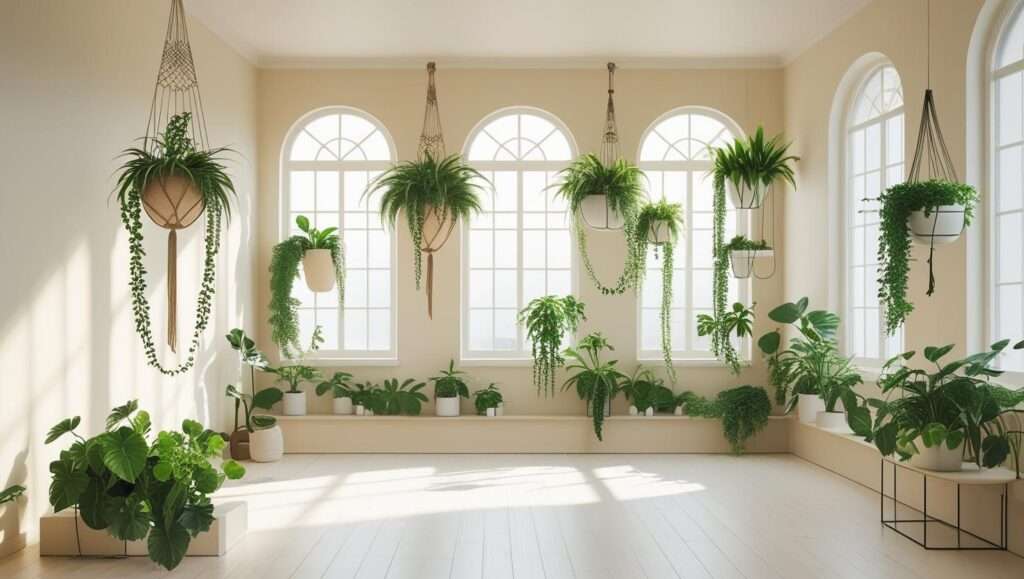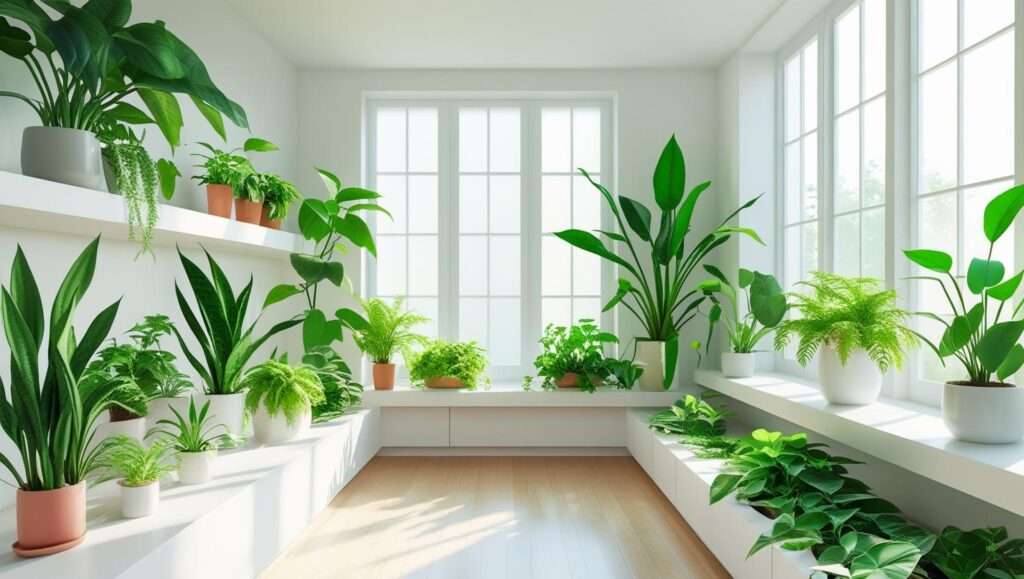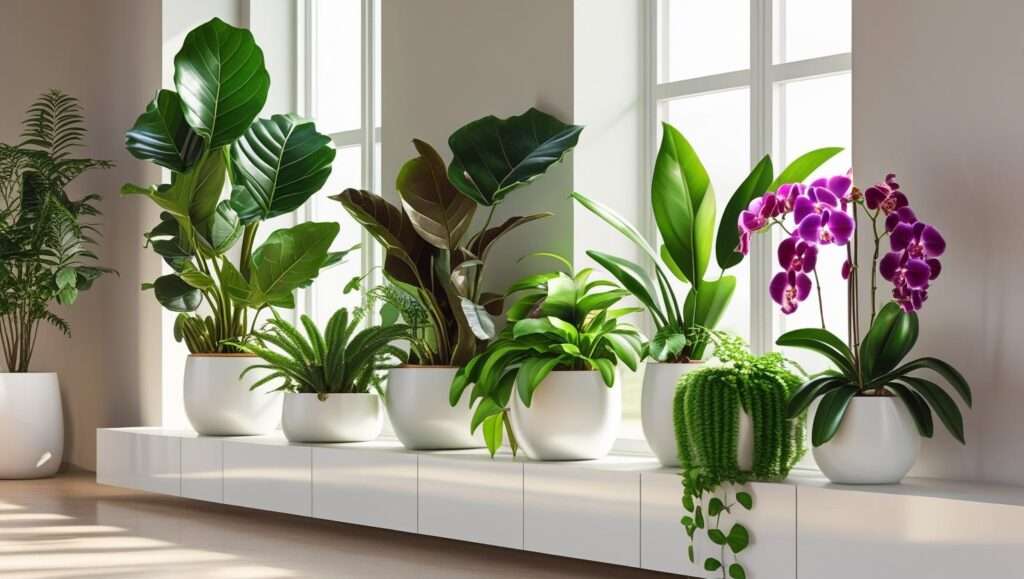Picture this: your home is a lush oasis of vibrant greenery, with cascading leaves and colorful blooms brightening every corner. Your cat lounges nearby, playfully batting at a frond, completely safe and content. For cat owners, creating such a space often feels like a dream, as many popular houseplants can be toxic to pets. That’s where cat safe indoor plants come in, offering a perfect blend of beauty, air purification, and pet safety. In this comprehensive guide, we’ll explore the top 10 cat safe indoor plants, handpicked for their non-toxicity, ease of care, and aesthetic appeal. Backed by veterinary and horticultural expertise, this article will empower you to transform your home into a pet-friendly paradise without compromising style or safety.
Whether you’re a seasoned plant parent or a beginner, our expert-curated list addresses the real need for reliable, cat-friendly plant options. With insights from the ASPCA, veterinarians, and plant specialists, we’ll cover care tips, placement strategies, and common mistakes to avoid, ensuring both your plants and your feline friends thrive.
Why Choose Cat Safe Indoor Plants?

The Risks of Toxic Plants for Cats
Many popular houseplants, like lilies, pothos, and dieffenbachia, pose serious risks to cats. According to the ASPCA, over 10,000 cases of pet poisoning related to plants are reported annually, with cats being particularly vulnerable due to their curious nature. Ingesting toxic plants can lead to symptoms ranging from mild gastrointestinal upset to severe organ damage, such as kidney failure from lilies. For cat owners, the fear of accidental poisoning can make plant ownership daunting. Choosing cat safe indoor plants eliminates this worry, allowing you to enjoy greenery without risking your pet’s health.
Benefits of Cat Safe Plants
Beyond safety, cat safe indoor plants offer numerous benefits. They purify the air by removing toxins like formaldehyde and benzene, as confirmed by NASA’s Clean Air Study. Plants also boost mental well-being, reducing stress for both you and your cat. For felines, certain plants provide sensory stimulation, encouraging playful behavior without harm. Additionally, these plants enhance your home’s aesthetic, creating a calming, natural environment that complements modern decor.
Aligning Plant Choices with Pet Safety
The overlap between plant enthusiasts and pet owners is significant. A 2023 survey by the American Pet Products Association found that 66% of U.S. households own pets, with many seeking ways to integrate plants safely. Cat safe indoor plants bridge this gap, offering peace of mind while allowing you to express your love for greenery. By prioritizing non-toxic varieties, you can create a harmonious space where both plants and pets thrive.
How We Selected These Cat Safe Indoor Plants
Criteria for Selection
Our list of cat safe indoor plants was carefully curated based on three key factors:
- Non-Toxicity: Each plant is verified as safe for cats by the ASPCA’s Toxic and Non-Toxic Plant List and veterinary sources.
- Ease of Care: We prioritized plants suitable for both novice and experienced plant owners, ensuring accessibility.
- Aesthetic Appeal: These plants were chosen for their beauty and versatility in indoor settings, from small apartments to spacious homes.
Expert Input
To ensure accuracy, we consulted veterinarians specializing in feline health and horticulturists with expertise in indoor plants. Their insights guided our selections, focusing on plants that are widely available, affordable, and easy to maintain. This collaborative approach guarantees that our recommendations are both authoritative and practical.
Top 10 Cat Safe Indoor Plants

1. Spider Plant (Chlorophytum comosum)
Overview: Spider plants are a favorite among cat owners for their arching, green-and-white striped leaves and playful, dangling spiderettes. Completely non-toxic to cats, they’re also excellent air purifiers, removing pollutants like carbon monoxide. Cats often find the leaves irresistible for batting or nibbling, making them a fun, safe addition to your home.
Care Tips:
- Light: Bright, indirect light; tolerates low light.
- Water: Keep soil moist but not soggy; water every 1–2 weeks.
- Soil: Well-draining potting mix.
- Maintenance: Trim brown tips and propagate spiderettes in water or soil.
Expert Tip: To prevent excessive chewing, provide cat grass nearby as a distraction. Place spider plants in hanging baskets to keep them out of reach while showcasing their cascading beauty.
2. Boston Fern (Nephrolepis exaltata)
Overview: With its lush, feathery fronds, the Boston fern adds a touch of elegance to any space. Safe for cats, it’s a humidity-loving plant that doubles as a natural air humidifier, ideal for dry indoor environments.
Care Tips:
- Light: Indirect light; avoid direct sun to prevent frond burn.
- Water: Keep soil consistently moist; mist fronds regularly.
- Soil: Rich, well-draining potting mix with peat.
- Maintenance: Remove dead fronds to encourage growth.
Fun Fact: Boston ferns can improve indoor humidity by up to 30%, creating a healthier environment for both you and your cat.
3. Areca Palm (Dypsis lutescens)
Overview: The Areca palm brings a tropical vibe with its feathery, arching fronds. Non-toxic to cats, it’s a statement piece that thrives in bright spaces, making it perfect for living rooms or sunlit corners.
Care Tips:
- Light: Bright, indirect light; tolerates some shade.
- Water: Water when the top inch of soil feels dry; avoid overwatering.
- Soil: Well-draining mix with good aeration.
- Maintenance: Wipe leaves to remove dust and promote photosynthesis.
Placement Idea: Use as a floor plant in a decorative pot to create a pet-friendly focal point in your home.
4. Calathea (Calathea spp.)
Overview: Known for their vibrant, patterned foliage, Calatheas are a cat-safe choice that adds a pop of color to low-light spaces. Their leaves fold up at night, earning them the nickname “prayer plant.”
Care Tips:
- Light: Low to medium indirect light; avoid direct sun.
- Water: Keep soil moist but not waterlogged; use distilled water to prevent leaf spotting.
- Soil: Well-draining, peat-based mix.
- Maintenance: Maintain high humidity with a pebble tray or humidifier.
Design Tip: Pair Calatheas with minimalist decor to highlight their intricate leaf patterns.
5. Parlor Palm (Chamaedorea elegans)
Overview: Compact and elegant, the Parlor palm is ideal for small spaces and cat owners. Its delicate, feathery fronds are non-toxic and thrive in low-light conditions, making it a versatile choice.
Care Tips:
- Light: Low to moderate indirect light.
- Water: Water when soil feels dry; drought-tolerant.
- Soil: Standard potting mix with good drainage.
- Maintenance: Prune yellowing fronds to maintain appearance.
6. African Violet (Saintpaulia spp.)
Overview: African violets are beloved for their vibrant, velvety blooms in shades of purple, pink, and white. These compact, cat-safe plants are perfect for adding color to windowsills or tabletops without posing a risk to your feline friend.
Care Tips:
- Light: Bright, indirect light; east-facing windows are ideal.
- Water: Bottom-water to keep leaves dry; use room-temperature water every 1–2 weeks.
- Soil: Well-draining, African violet-specific potting mix.
- Maintenance: Remove spent blooms and fertilize monthly with a balanced, water-soluble fertilizer.
Bonus: African violets are easy to propagate from leaf cuttings, allowing you to expand your collection or share with friends. Place a leaf cutting in water or soil, and new plants will form within weeks.
7. Money Plant (Epipremnum aureum – non-toxic varieties)
Overview: Certain varieties of the money plant, often confused with toxic pothos, are safe for cats when sourced correctly. Their heart-shaped leaves and vining growth make them a versatile, low-maintenance option for hanging baskets or shelves.
Care Tips:
- Light: Tolerates low to bright indirect light; thrives in versatile conditions.
- Water: Water when the top inch of soil is dry; avoid overwatering.
- Soil: Standard potting mix with good drainage.
- Maintenance: Trim long vines to encourage bushier growth.
Myth-Busting: Always verify the plant’s scientific name (Epipremnum aureum) and consult the ASPCA list, as some plants labeled “money plant” may be toxic pothos varieties.
8. Bamboo (Bambusa spp.)
Overview: True bamboo, not to be confused with toxic “lucky bamboo” (Dracaena sanderiana), is a cat-safe, stylish addition to any home. Its upright, grassy stalks bring a Zen-like calm to indoor spaces.
Care Tips:
- Light: Bright, indirect light; tolerates some shade.
- Water: Keep soil slightly moist; water every 1–2 weeks.
- Soil: Well-draining, loamy potting mix.
- Maintenance: Trim yellowing stalks and repot every 1–2 years.
Cultural Insight: Bamboo symbolizes resilience and good fortune in many cultures, making it a meaningful addition to a pet-friendly home.
9. Peperomia (Peperomia spp.)
Overview: Peperomias come in a variety of shapes, sizes, and textures, from the wrinkled leaves of Peperomia obtusifolia to the striped foliage of Peperomia argyreia. All varieties are non-toxic to cats, making them a safe, decorative choice.
Care Tips:
- Light: Moderate to bright indirect light; avoid direct sun.
- Water: Water sparingly when soil is dry; overwatering can cause root rot.
- Soil: Well-draining, peat-based mix.
- Maintenance: Wipe leaves to remove dust and promote healthy growth.
Visual Appeal: Peperomias’ unique textures, like the watermelon-like stripes of Peperomia argyreia, make them a standout in modern home decor.
10. Cast Iron Plant (Aspidistra elatior)
Overview: True to its name, the cast iron plant is nearly indestructible, thriving in low light and requiring minimal care. Its dark green, sword-like leaves are safe for cats, making it ideal for busy pet owners.
Care Tips:
- Light: Low to moderate indirect light; perfect for shaded corners.
- Water: Water when soil is dry; highly drought-tolerant.
- Soil: Standard potting mix with good drainage.
- Maintenance: Remove dust from leaves and divide clumps every few years.
Pro Tip: The cast iron plant is perfect for beginners or those with less-than-ideal lighting, as it thrives in conditions where other plants struggle.
How to Safely Introduce Plants to a Cat-Friendly Home

Placement Strategies
To ensure both your plants and your cat stay safe, strategic placement is key. Consider these tips:
- Elevate Plants: Use high shelves, hanging planters, or wall-mounted pots to keep plants out of reach.
- Use Deterrents: Cats dislike citrus scents; place orange or lemon peels near plants to discourage chewing.
- Sturdy Pots: Opt for heavy, stable containers to prevent tipping if your cat jumps or plays nearby.
Monitoring Cat Behavior
Cats are naturally curious, and some may nibble or bat at plants. Watch for these signs:
- Excessive Chewing: Occasional nibbling is harmless for cat-safe plants, but redirect persistent chewing to cat grass or toys.
- Behavioral Changes: Monitor for vomiting or lethargy, which could indicate an unrelated issue; consult a vet if symptoms appear.
- Training Tips: Use positive reinforcement, like treats, to teach your cat to avoid plants. A spray bottle with water can gently deter unwanted behavior.
Creating a Pet-Safe Plant Zone
Transform your home into a pet-friendly oasis with these design ideas:
- Cat-and-Plant Corner: Combine cat safe indoor plants with a cat tree or scratching post for a cohesive, pet-friendly space.
- Hanging Gardens: Use macramé hangers for spider plants or Peperomias to create a vertical garden out of your cat’s reach.
- Sensory Enrichment: Pair plants with cat-safe herbs like catnip or valerian to stimulate your cat’s senses safely.
Common Mistakes to Avoid with Cat Safe Indoor Plants
Misidentifying Plants

One of the biggest risks is mistaking a toxic plant for a safe one. For example, lucky bamboo (Dracaena sanderiana) is often confused with true bamboo (Bambusa spp.), but it’s highly toxic to cats. Always check the scientific name and cross-reference with the ASPCA’s non-toxic plant list before purchasing.
Overwatering and Poor Plant Care
Overwatering is a common mistake that can stress cat safe indoor plants, leading to root rot or pest issues that might indirectly affect your cat. Follow each plant’s specific watering needs and use pots with drainage holes to prevent water buildup. Regularly inspect plants for pests like spider mites, which can spread to other household items.
Ignoring Cat Behavior
Even safe plants can become problematic if your cat develops a habit of chewing excessively. This can damage the plant or lead to minor digestive upset. Provide alternatives like cat grass or interactive toys to redirect your cat’s attention. If your cat seems overly fixated on plants, consult a veterinarian to rule out nutritional deficiencies or behavioral issues.
FAQs About Cat Safe Indoor Plants
Q: Are all plants labeled “pet-safe” truly safe for cats?
A: Not always. Always verify with the ASPCA or a veterinarian, as some plants may be safe for dogs but toxic to cats. Check the scientific name to avoid confusion.
Q: Can cat safe indoor plants improve my cat’s environment?
A: Yes! Plants provide sensory stimulation and can mimic a natural environment, reducing stress. Pair with cat grass for safe nibbling.
Q: What should I do if my cat eats a plant?
A: For cat-safe plants, monitor for minor digestive upset. If you suspect a toxic plant, contact your vet or the ASPCA Animal Poison Control Center immediately.
Q: How can I make my plants less appealing to my cat?
A: Use natural deterrents like citrus peels or double-sided tape around the pot’s base. Elevating plants or providing cat grass can also help.
Creating a pet-friendly home doesn’t mean sacrificing your love for indoor plants. The top 10 cat safe indoor plants listed here—spider plant, Boston fern, Areca palm, Calathea, Parlor palm, African violet, money plant, bamboo, Peperomia, and cast iron plant—offer a perfect balance of safety, beauty, and ease of care. By following our expert-backed care tips, placement strategies, and precautions, you can cultivate a thriving indoor garden that keeps your cat safe and your home vibrant. Start with one or two plants from this list, and watch your space transform into a green, pet-friendly sanctuary.
For more pet-safe gardening tips, explore our other articles on pet-friendly landscaping and indoor herb gardens. Have a favorite cat safe indoor plant? Share your experience in the comments below!

